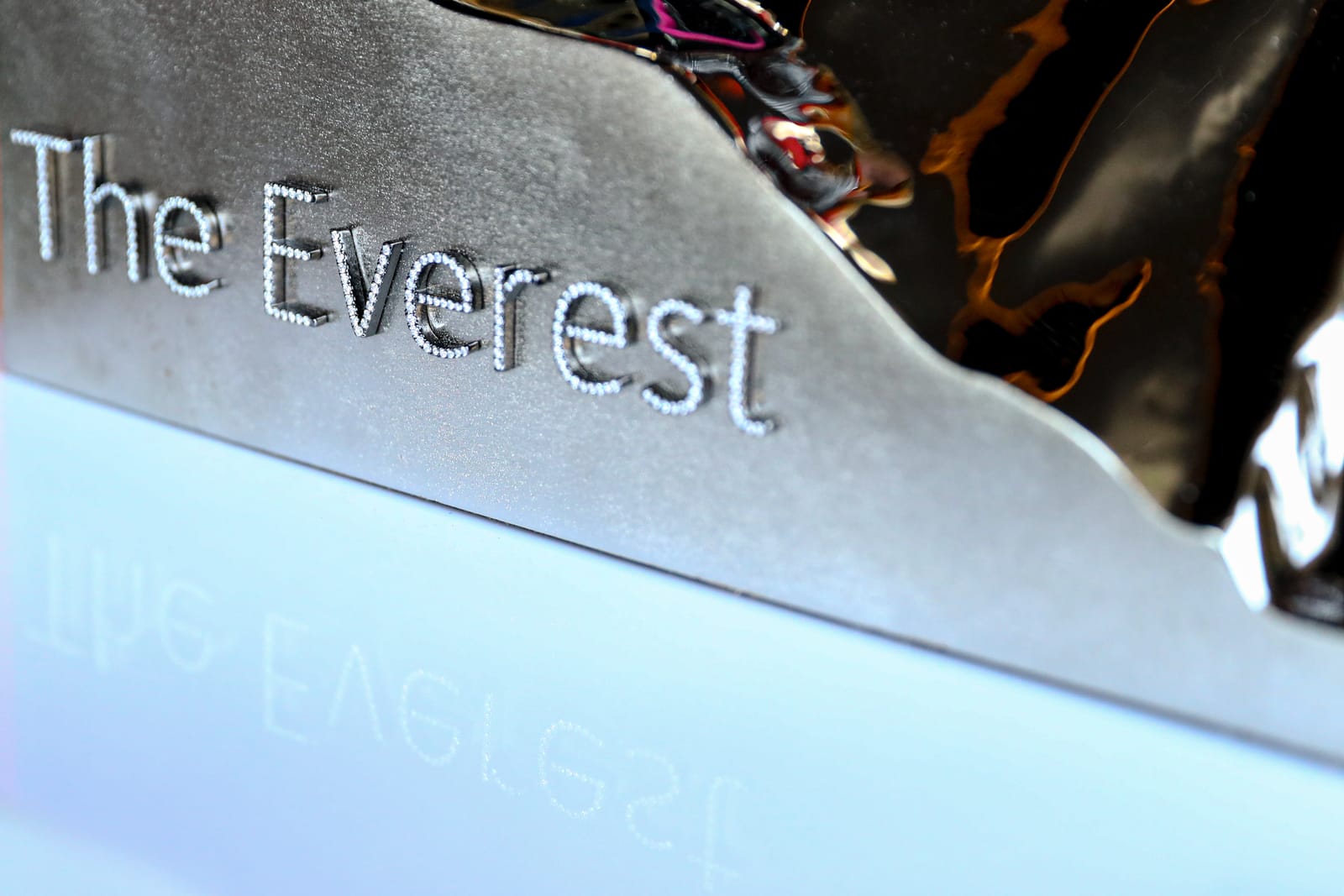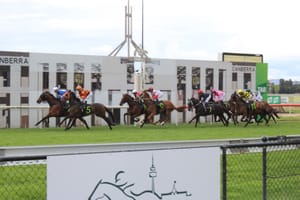The complex process surrounding upgrades of races as part of the Pattern has cast doubt over whether The Everest will be run with full Group 1 status this Saturday. Bren O’Brien examines the issues at play both locally and internationally.
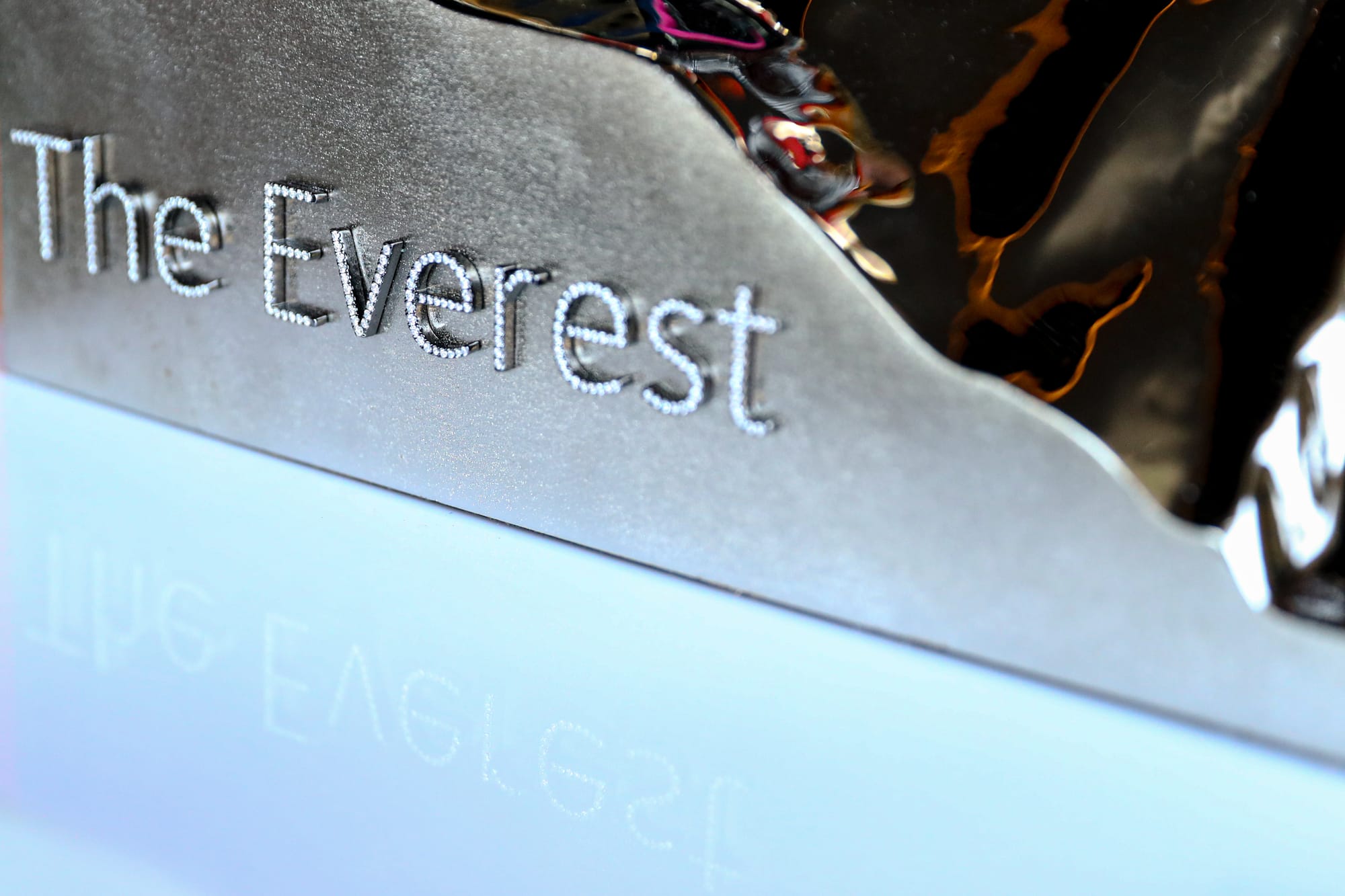
Racing Australia doesn’t send out many press releases - eight in the past 12 months at last count - so when the overarching governing body of Australian racing warmed up the fax machine and announced last week that The Everest and the All-Star Mile had both been given Group 1 status, it was big news.
It was the surest sign yet that the great Australian racing rift, between New South Wales and Victoria, was at an end and it was all unicorns, rainbows and race upgrades from here on in.
Or was it? At a risk of inflicting death by acronyms, here is how things have evolved.
Racing has myriad groups interested in the classification of races. There are the clubs, the ATC, VRC, MRC, participants groups like the ATA and TROA, breeders reps such as TBA. Those charged with facilitating the racing calendar are the PRAs, like RV, RQ, RNSW etc. RA is the overarching body, although with little direct power.
Then there is the ARF – Asian Racing Federation, which oversees the Asian Pattern Committee, the APC. Globally they feed into IFHA, which facilitates the International Cataloguing Standards Book (ICSB), which is maintained by the International Grading and Race Planning Advisory Committee (IRPAC), with the approval of the Society of International Thoroughbred Auctioneers (SITA).
Still following? No? Don’t blame you.
In theory when the Asian Racing Federation informed Racing Australia that the two high-profile races had its approval for promotion to Group 1 status, having comfortably surpassed the 115-rating requirement over the past three editions, the requisite intentional bodies also needed to provide ratification.
Curiously, when IRPAC met four days before RA’s announcement, the upgrades to the Australian races were not discussed.
IRPAC authors ‘the Blue Book’ or the ICSB, which details which races are recognised as Group or Listed races on a global level.
Australia belongs to Part 1 of that publication with 15 other countries. There are 605 Australian races in that Book. Racing Australia’s new Australian Black Type Guidelines wants another 35 added to that list. But more on that later.
Among IRPAC’s status purposes are the control and enforcement of international criteria for grading races and implement quality control on existing Pattern or Grading systems, and to make recommendations to SITA concerning promotions or demotions to the different parts of the Blue Book.
While the ARF, under its ground rules, can assess Group 1 upgrades, the decision also needs to be ratified by IRPAC to actually be recognised internationally.
Because neither IRPAC or SITA has confirmed this, international pedigree companies such as New Zealand-based Arion, are refusing to add The Everest to its Group 1 list.
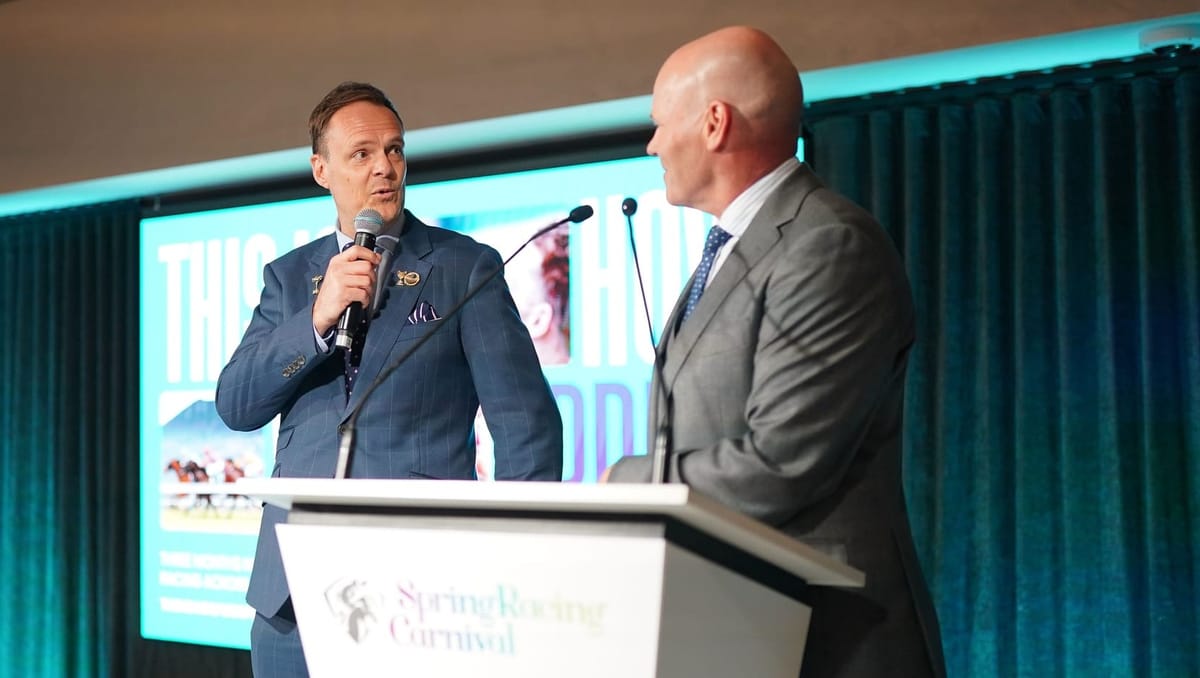
So does it matter?
Australia can stage its own local Group 1s, but they won’t receive international recognition. Whether The Everest, to be run on Saturday will be a local or international Group 1 depends on what might happen in the coming days, but The Straight understands it still doesn’t have IRPAC ratification.
This may be forthcoming but as one internationally prominent expert put it, ‘it all seems a bit rushed.” It is not known if a Group 1 stamp can be granted retrospectively,
To add to the confusion, the US Jockey Club has confirmed overnight to TDN Europe that it will recognise The Everest as a Group 1.
Racing Australia can seek further clarification, but has another Pattern-related crisis on its hands.
The upgrading of racing below Group 1 level can be determined by the local racing bodies, cutting out a few acronyms along the way.
So RA wheeled out a second press release on Friday afternoon - two in a week - outlining its Australian Black Type Guidelines.
However, a change in the process for determining how races are classified does need to be communicated to the Asian Racing Federation. It is believed members of the ARF are less than pleased by the sudden announcement of a suite of upgrades last week.
It is important to emphasise this is a separate issue to the Group 1 discussion and it involves some local nuances.
The new RA guidelines were unanimously approved at a recent Racing Australia board meeting.
Only the changes, which would see an increase in the number of stakes races by 35 as well as many more upgrades in the Pattern, had not been seen and discussed by key stakeholders.
When New South Wales’ 12 spring upgrades were published last week by Racing Australia, taking the other states by surprise, it caused an uproar from participants.
The pressure was particularly felt by the new Racing Victoria regime of chairman Tim Eddy and CEO Aaron Morrison. The Straight has already reported on a heated meeting on Monday which ended with a commitment to put any race upgrades on hold while RV attempts to sort through the mess.
The other complication is the not unsubstantial concern from various states as to whether The Pattern process could be seen as a breach of federal competition law, as overseen by the Australian Competition and Consumer Commission (ACCC) (another acronym!).
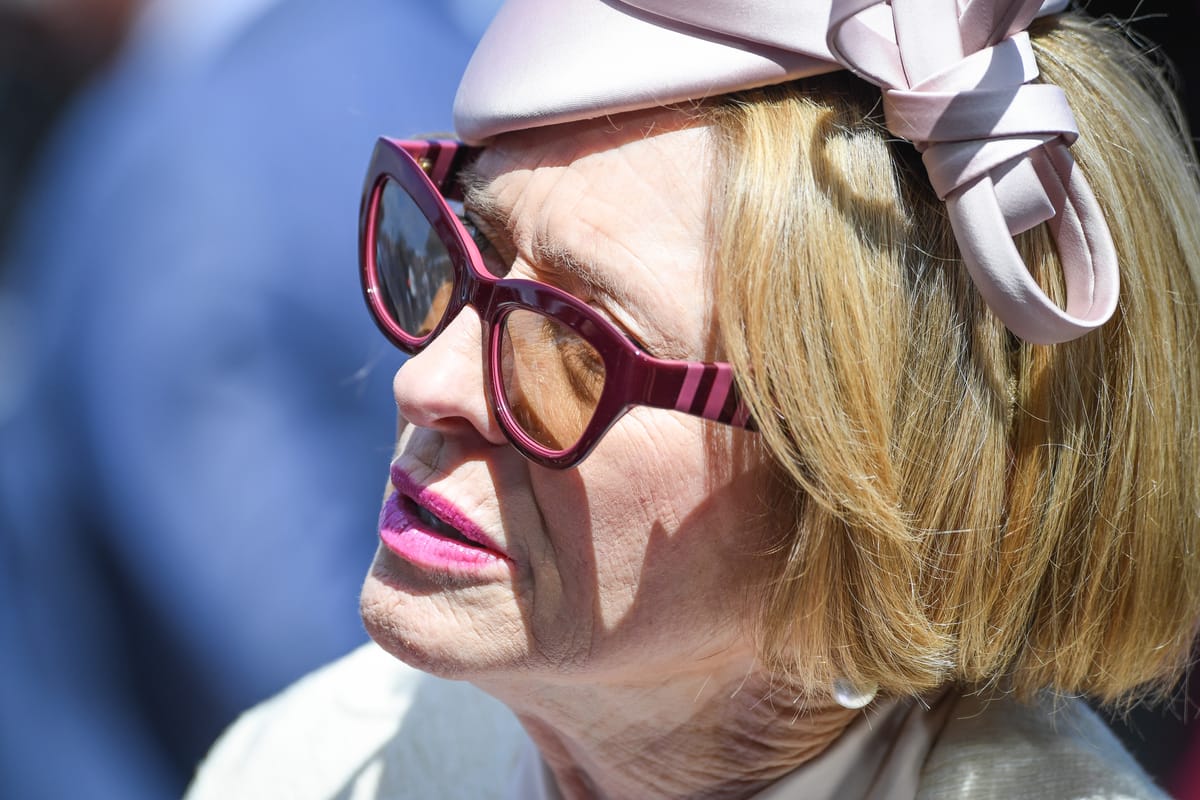
Racing Victoria brought a competition lawyer along to its briefing and he pointed to the risks of an RA committee made up of PRA board members and executives determining what Australia’s racing calendar may look like from a legal perspective.
It seems the ACCC’s appetite for pursuing cartel cases has increased since the Pattern was last fully functional in Australia in 2018.
It leaves RV caught between three competing priorities, compliance with competition law, the demand of participants and clubs and its obligations to Racing Australia.
There are also a couple of aspects of the Australian Black Type Guidelines that appear to be in conflict with the Asian Racing Pattern’s ground rules.
The first would be RA’s proposed two-year moratorium on race downgrades, bearing in mind that no downgrades have occurred since 2018. The second is to include the fifth-placed horse in rating considerations ‘to account for anomalies with the first four finishes’.
It is hard to see the ARF letting Australia, which had let The Pattern process fall into stasis for six years, run its own show in this regard.
There is one other aspect of the APC’s ground rules that may raise AFC eyebrows given the way Australia’s Group 1 upgrades have been canvassed in the media over recent months.
“Until agreement has been reached by the Committee, there must be no official statement to the media of any proposed changes to Group 1 races.”
That is clearly designed to try to limit the politicisation of the pattern process. Given what has evolved over the last week, good luck to whoever thinks they can put that genie back in the bottle.

